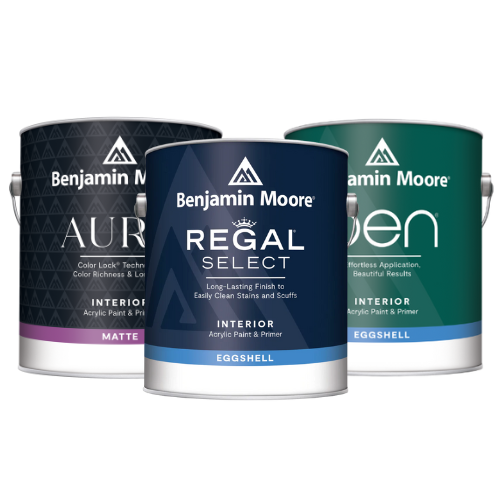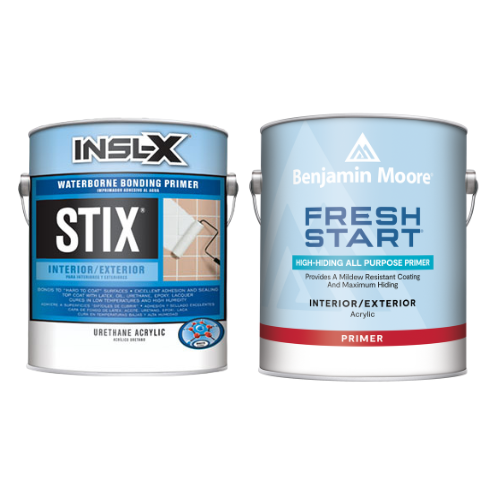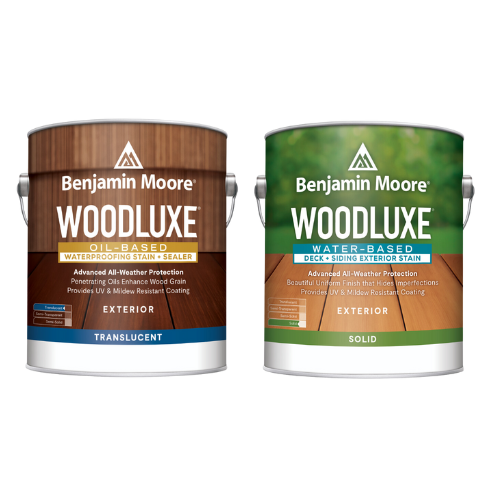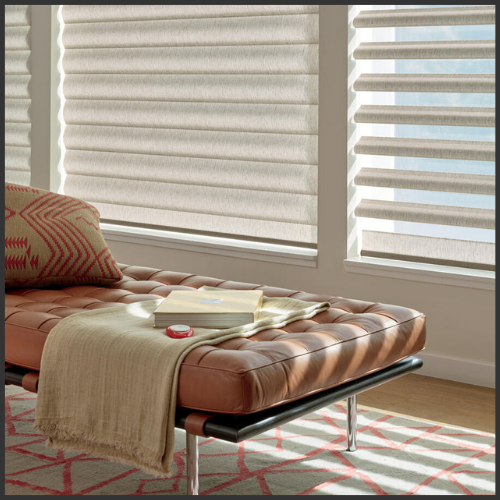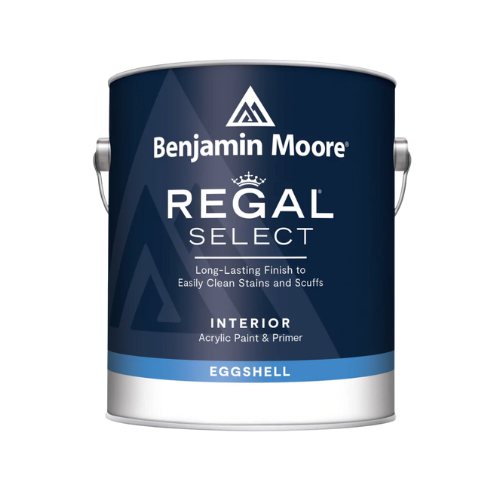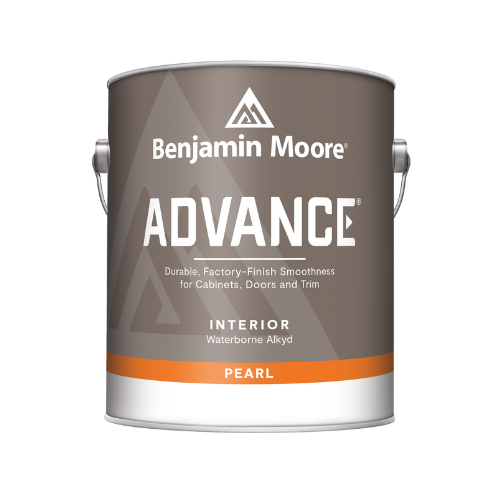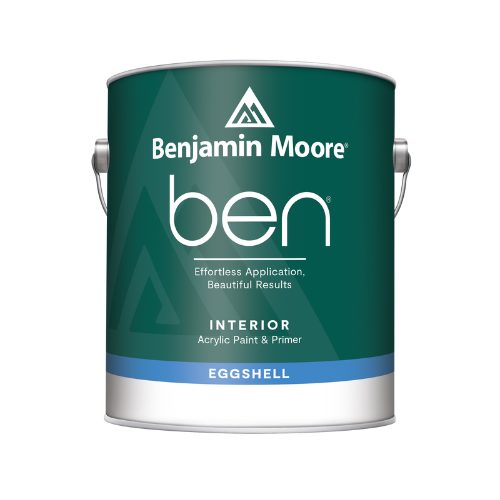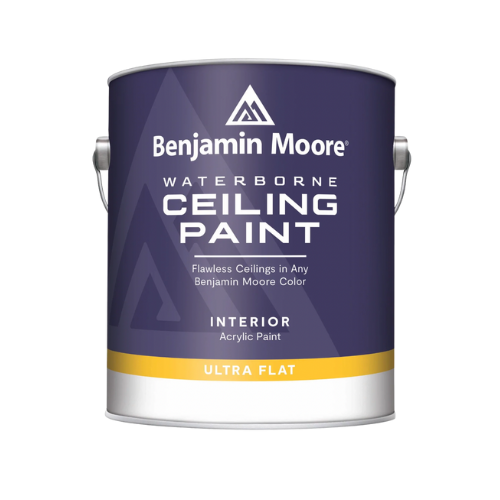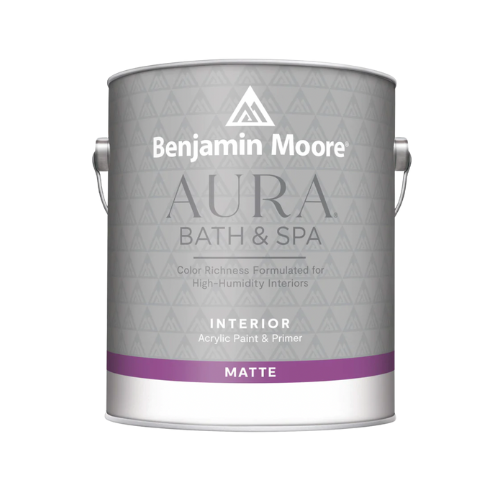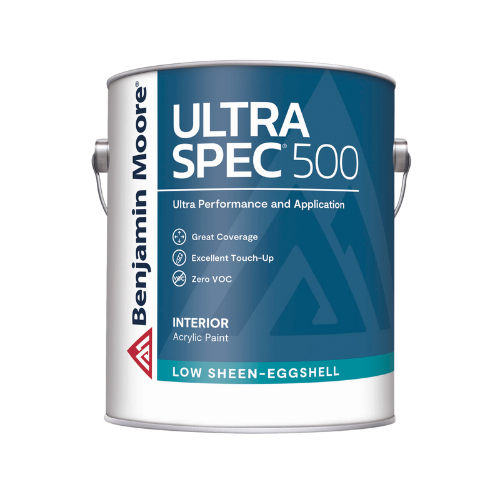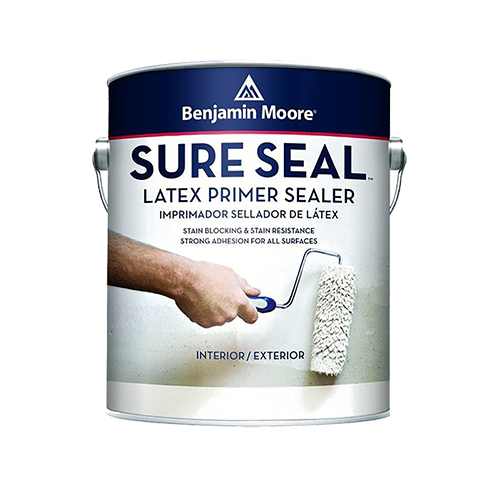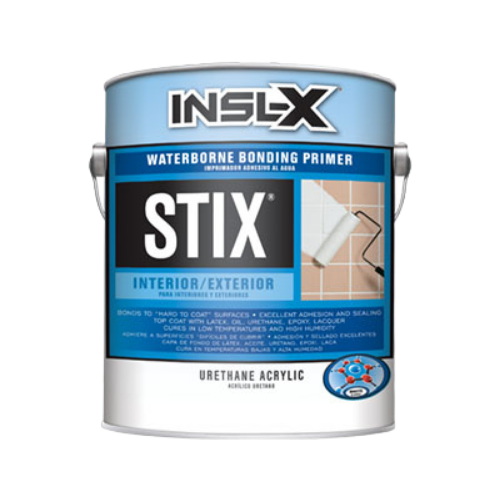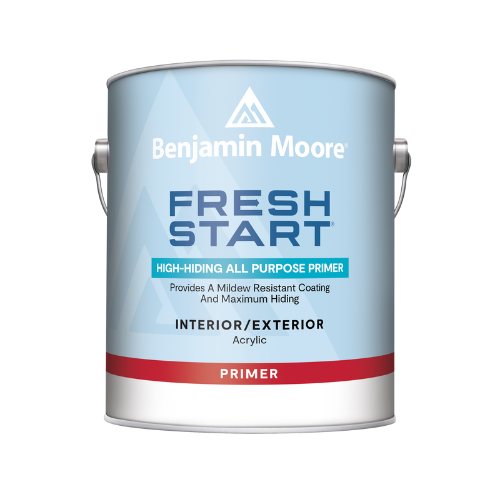

Many professional painters suggest removing doors and placing them on sawhorses or blocks to make them easier to paint. This method will give you the best results, but if you don't want to remove the door here are some basic steps to follow to achieve a good quality paint job.
- First, remove the door handle and hardware and place them in a plastic bag or a container so they don't get lost. This way you won't have to paint around the hardware when you paint the door eliminating any swirling effect on the paint around them.
- If you can't remove the hardware, place painter's tape over them so they don't get splattered with paint.
- Lightly sand and wash the door to remove any dirt or grease.
- Paint the closing edge of the door first, to give more time for the paint to dry and to help prevent the door from sticking.
- Next, paint the remaining edges.
- After you have painted the edges, paint the surface of the door from top to bottom.
- If you have solid panels in the door, paint those panels from top to bottom as well.
- Paint the area around the panels on the door, again starting at the top and working your way to the bottom.
Useful Tips
- Using a Benjamin Moore® 2 ½ inch paint brush will give you the best results, but if have a smooth, flat door you can use a small slim-jim roller.
- If you are using latex paint, work fairly quickly to prevent brushing back into areas that have begun to set, which can leave unsightly brush marks.
- Make sure the paint on the door is completely dry before you put the doorknob and hardware back on.
- If you want paint that is easy to clean and that will showcase your door, we recommend using a sheen that is higher in gloss than what is on the walls, possibly the same as your trim or door frames. The high gloss will showcase your door. However, this is a personal choice.
For best results, ALWAYS READ THE PAINT CAN LABEL. Professionals read the paint can labels to get the paint manufacturers’ most up-to-date information and instructions on the use of each specific paint. Every paint is different, and the labels provide important information, such as the average coverage area per gallon, drying times, number of coats needed, and surface preparation requirements. The labels also give specific safety information that should be carefully adhered to.
Downloadable PDF: How to Paint Doors


